Home>Garden Essentials>What Side Of The Avocado Seed Goes In Water
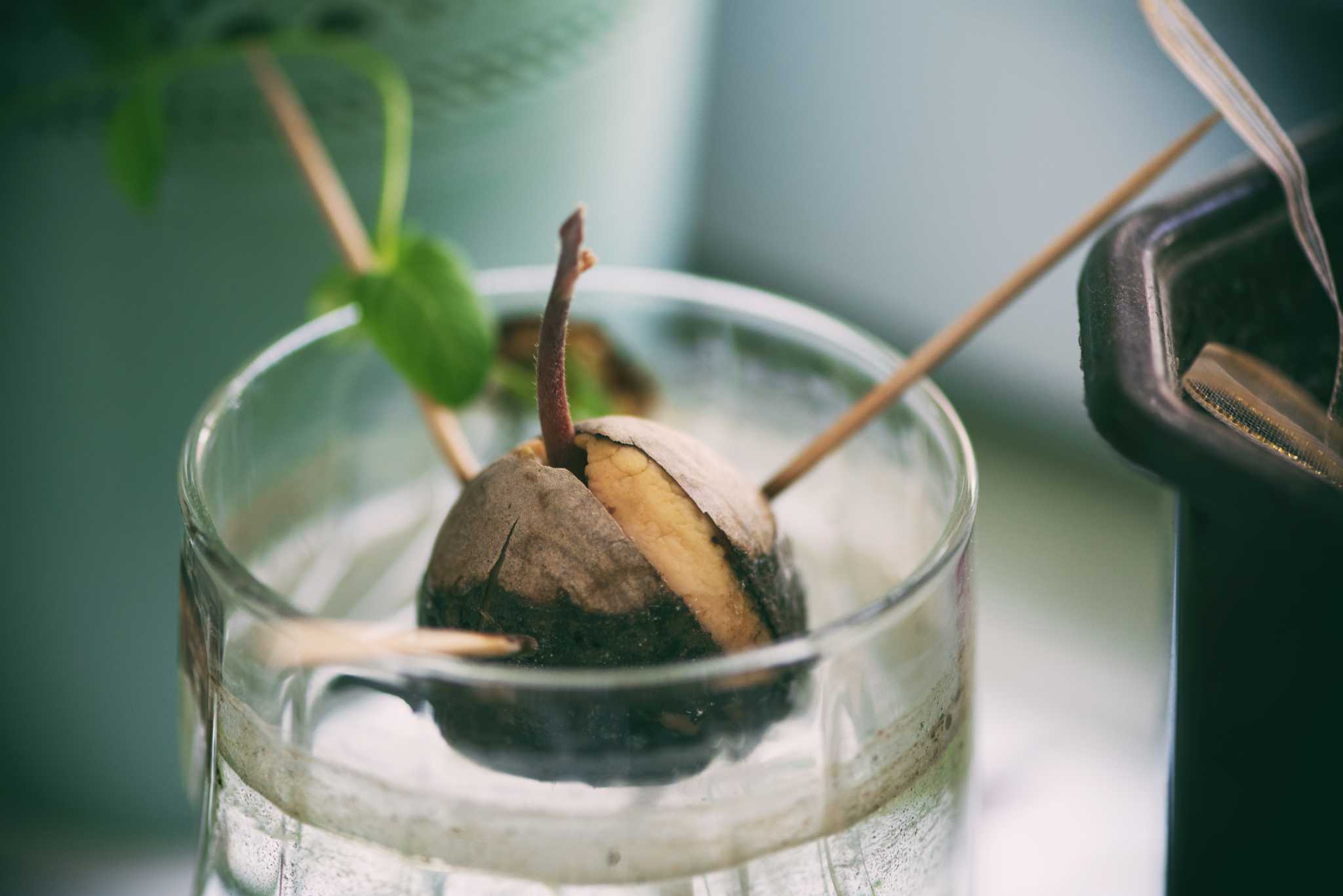

Garden Essentials
What Side Of The Avocado Seed Goes In Water
Modified: August 23, 2024
Discover the right way to grow avocados in your garden. Learn which side of the avocado seed to place in water for successful germination.
(Many of the links in this article redirect to a specific reviewed product. Your purchase of these products through affiliate links helps to generate commission for Storables.com, at no extra cost. Learn more)
Introduction
Welcome to the world of gardening and avocado enthusiasts! If you’ve ever wondered about the process of growing avocados from seeds, you’ve come to the right place. One of the frequently asked questions among aspiring avocado growers is, “What side of the avocado seed goes in water?” It seems like a simple query, but there are a few important things to consider before taking the plunge.
Avocado trees are not only a beautiful addition to any garden but also provide delicious, creamy fruits that are packed with nutrients. Growing your own avocados can be a rewarding and fulfilling experience, and understanding how to properly germinate an avocado seed is the first step in this exciting journey.
Throughout this article, we’ll delve into the world of avocado seeds, explore why placing them in water is beneficial, discuss which side should go in the water, and consider some important factors to keep in mind. So grab your gardening gloves and let’s dive in!
Key Takeaways:
- Placing the broader end of an avocado seed in water promotes root growth, leading to successful germination and the start of a new avocado tree.
- Factors such as temperature, light, and patience play important roles in the germination process, ensuring the successful growth of avocado seeds.
Read more: What Side Of An Avocado Seed Goes In Water
Understanding the Avocado Seed
Before we can delve into the process of germinating avocado seeds, it’s important to understand the seed itself and its role in the life cycle of the avocado tree.
The avocado seed, also known as the pit, is the central component of the avocado fruit. It is large, round, and usually brown in color. The seed contains the genetic material necessary for the growth and development of a new avocado tree. When conditions are favorable, the avocado seed germinates, sprouting a new plant.
Inside the avocado seed, there is an embryo that holds the potential to become a mature avocado tree. This embryo consists of a tiny shoot and a primary root, both of which are crucial for the plant’s growth. The shoot will eventually develop into the stem and leaves of the avocado tree, while the root will anchor the tree in the soil and absorb water and nutrients.
Additionally, the avocado seed is rich in nutrients, providing nourishment to the growing plant. It contains oils, proteins, and carbohydrates that support the initial growth stages of the avocado tree. This is why germinating the seed and allowing it to develop a strong root system is essential for successfully growing an avocado tree.
Now that we have a basic understanding of the avocado seed, let’s explore why placing it in water is a popular method for germination.
Why Place the Avocado Seed in Water?
When it comes to germinating avocado seeds, there are several methods that gardeners employ. One of the most commonly used techniques is placing the avocado seed in water. But why is this method so popular? Let’s explore the reasons behind placing the avocado seed in water for germination.
Moisture: Avocado seeds require a moist environment to initiate the germination process. By placing the seed in water, it ensures that the seed remains consistently hydrated. This moisture prompts the seed to break dormancy and start sprouting.
Easier Observation: Placing the avocado seed in water allows you to closely monitor the germination process. You can easily see the changes as the seed cracks open, the root emerges, and the shoot begins to grow. This helps you stay connected with the development of your avocado seed and adjust the growing conditions if needed.
Enhanced Root Development: Water germination encourages the growth of a strong and healthy root system. The constant supply of water enables the root to develop extensively, absorbing the necessary nutrients from the water. A well-developed root system will give your avocado tree a solid foundation for future growth.
Quicker Germination: Amongst the various germination methods, placing the avocado seed in water often results in faster germination. The warm and moist environment of the water speeds up the seed’s metabolic activity, prompting it to sprout sooner than other methods.
Overall, placing the avocado seed in water creates an optimal environment for germination, ensuring higher success rates and quicker growth. However, it’s important to understand which side of the avocado seed should be submerged in water to maximize the chances of successful germination, which we’ll explore next.
Which Side of the Avocado Seed Goes in Water?
Now that we understand the benefits of placing the avocado seed in water for germination, let’s address the pressing question: which side of the avocado seed should go in water?
When it comes to avocado seed germination, there are two main methods: the floating method and the toothpick method.
In the floating method, the avocado seed is partially submerged in water, resting on its broader end, while the pointed end remains above the waterline. This is the recommended position for the avocado seed in water. The broad end of the seed is the bottom, where the root will eventually emerge. Placing this end in water allows the root to grow downward, searching for nutrients and anchoring the plant.
On the other hand, the toothpick method involves suspending the avocado seed over a glass or container of water using toothpicks. The toothpicks are inserted into the sides of the seed, allowing it to hang above the water. In this case, the pointed end of the seed should be facing downwards, while the broader end is positioned above the water. This method ensures that the root will grow downwards towards the water, while the shoot will emerge from the pointed end and grow upward.
Ultimately, the choice between the floating method and the toothpick method depends on personal preference and the available materials. Both methods provide a suitable environment for avocado seed germination, as long as the correct orientation is maintained.
It’s worth mentioning that regardless of the method you choose, it’s important to keep the water level consistent and change it regularly to prevent stagnation and the buildup of bacteria. Additionally, ensure that the avocado seed is positioned securely to prevent it from toppling over or being submerged too deeply in water.
Now that we’ve determined the proper orientation for placing the avocado seed in water, let’s consider some important factors to keep in mind during the germination process.
Factors to Consider
While placing the avocado seed in water is a crucial step in the germination process, there are other important factors to consider to ensure the successful growth of your avocado tree. Let’s explore these factors:
- Variety: Different avocado varieties may have slightly different germination requirements. Research the specific variety you are working with to understand any specific considerations or techniques that may be necessary.
- Temperature: Avocado seeds require warm temperatures to stimulate germination. Ideally, the water temperature should be around 70-80°F (21-27°C). You can use a seedling heat mat to maintain a consistent temperature if needed.
- Light: While avocado seeds require warmth for germination, they do not need direct sunlight at this stage. Indirect light or a shaded area is sufficient. Excessive direct sunlight can actually be harmful to the young seedling.
- Patience: It’s important to note that avocado seed germination can take anywhere from 2 to 8 weeks, or even longer. Be patient and consistent in providing the necessary care and monitoring the progress of your seed. It’s a waiting game, but the results will be worth it!
- Care and Maintenance: Along with placing the avocado seed in water, make sure to change the water every few days to prevent stagnation and the growth of harmful bacteria. Keep the seed in a warm, well-lit area, and monitor the water level to ensure it remains consistent.
- Transplanting: Once your avocado seed has developed a strong root system and a healthy shoot, it may be ready for transplanting into soil. Transplanting should be done carefully, ensuring that the roots are not disturbed or damaged. Choose a suitable pot or location in your garden with well-draining soil.
By considering these factors and providing the necessary care, you’ll set a solid foundation for your avocado seed to transform into a thriving avocado tree. Remember, each avocado seed is a unique individual, so don’t be discouraged if there are variations in growth patterns or timelines.
Now, let’s take a closer look at the two commonly used avocado seed germination methods: the floating method and the toothpick method.
The pointed end of the avocado seed should be placed in water when trying to grow an avocado plant. This will encourage the seed to sprout and grow roots.
The Floating Method
The floating method is a simple and popular technique for germinating avocado seeds. Here’s how you can use the floating method to germinate your avocado seed:
- Select a ripe avocado and carefully remove the seed from the fruit. Be cautious while handling the seed to avoid any damage.
- Rinse off any remaining avocado flesh from the seed to prevent rotting.
- Identify the broader, rounded end of the seed. This is the bottom that will be submerged in water.
- Fill a glass or container with room temperature water, enough to partially submerge the seed.
- Gently place the avocado seed in the water, making sure that the broader end is facing downwards and partially submerged, while the pointed end remains above the waterline.
- Position the glass or container in a warm and well-lit area, away from direct sunlight.
- Monitor the water level and change it every few days to prevent stagnation and the potential growth of bacteria.
- Be patient and observe as the seed cracks open, the root emerges, and the shoot begins to grow.
Remember, each avocado seed is unique, and germination may vary. Some seeds may take a few weeks while others may take longer. It’s essential to provide the necessary care and maintain the optimal conditions for successful germination.
Now that we’ve explored the floating method, let’s move on to the toothpick method for germinating avocado seeds.
The Toothpick Method
The toothpick method is another popular technique for germinating avocado seeds. It involves suspending the seed over a glass or container of water using toothpicks. Here’s how you can use the toothpick method to germinate your avocado seed:
- Select a ripe avocado and carefully remove the seed from the fruit. Take care not to damage the seed during this process.
- Rinse off any remaining avocado flesh from the seed to prevent rotting.
- Identify the pointed end of the seed. This will be the bottom end that will go into the water.
- Take three or four toothpicks and insert them into the sides of the seed, near the broader end. The toothpicks should be evenly spaced around the seed, creating a stable base for it to rest on.
- Fill a glass or container with room temperature water, enough to cover the bottom part of the seed.
- Rest the toothpicks on the rim of the glass or container, allowing the pointed end of the seed to be submerged in the water.
- Place the glass or container in a warm and well-lit area, away from direct sunlight.
- Monitor the water level and change it every few days to prevent stagnation and the potential growth of bacteria.
- Observe as the root grows downward into the water, while the shoot emerges from the pointed end and grows upward.
Using the toothpick method allows for easy observation and adjustment of the water level. It also provides a stable position for the avocado seed to germinate.
Remember, germination can take time, so be patient and provide the necessary care and attention to your avocado seed. Soon enough, you’ll witness the transformation into a young avocado tree.
It’s important to note that once your avocado seed has developed a strong root system and a healthy shoot, it may be ready for transplanting into soil. However, it’s vital to handle the delicate seedling with care during the transplanting process.
Now that we’ve explored the floating and toothpick methods, let’s take a moment to consider any potential dangers or risks associated with avocado seed germination.
Potential Dangers or Risks
While germinating avocado seeds is an exciting and rewarding process, there are a few potential dangers or risks to be aware of. By understanding and addressing these risks, you can ensure a safer and successful germination experience. Let’s explore these potential dangers:
- Rotting: Avocado seeds have a tendency to rot if they remain in overly moist conditions for an extended period. To prevent rotting, make sure to rinse off any avocado fruit residue from the seed before germination and regularly change the water to maintain cleanliness.
- Root Damage: When transplanting the germinated seed into soil, it’s crucial to handle the delicate root system with care. Avoid damaging or disturbing the roots during the transplantation process to ensure the best chances of survival for the seedling.
- Over-Watering: While maintaining moisture is essential for avocado seed germination, excessive water can lead to waterlogged soil and may result in root rot. Make sure to strike the right balance by providing enough water to keep the soil damp but not soggy.
- Insufficient Light: Avocado seedlings require adequate light for healthy growth. Insufficient light can lead to weak and leggy seedlings. Place the germinated seed in a well-lit area or use artificial grow lights to provide the necessary light for optimal growth.
- Extreme Temperatures: Avocado seeds thrive in warm temperatures, but extreme heat or cold can have a negative impact on their germination and growth. Protect the seed from extreme temperature fluctuations by keeping it in a stable and suitable environment.
- Pest Infestations: As your avocado seedling grows, it may become susceptible to pests such as aphids or mites. Monitor the plant regularly and take appropriate measures to prevent and control pest infestations.
By being aware of these potential dangers and taking necessary precautions, you can mitigate the risks and increase the chances of a successful germination process. Remember to closely monitor your avocado seed and provide the care and attention it needs as it begins its journey to becoming a thriving avocado tree.
Now that we’ve explored potential risks, let’s wrap up our discussion on germinating avocado seeds.
Conclusion
Growing avocados from seeds can be a fascinating and rewarding experience for gardeners and avocado enthusiasts. By understanding the avocado seed and the germination process, you can successfully start your own avocado tree from scratch.
Placing the avocado seed in water is a popular and effective method for germination. Whether you choose the floating method or the toothpick method, ensuring that the proper end of the seed is submerged in water is crucial for successful growth. The moist environment provided by water promotes root development, accelerates germination, and allows you to closely monitor the progress of your avocado seedling.
Factors such as temperature, light, patience, and proper care and maintenance play important roles in the germination process. It’s essential to create the right conditions, monitor water levels, and handle the seed with care during transplantation.
However, it’s important to note the potential risks involved in avocado seed germination, such as rotting, root damage, over-watering, insufficient light, extreme temperatures, and pest infestations. By being aware of these risks and taking necessary precautions, you can mitigate them and increase your chances of success.
Remember, each avocado seed is unique, and germination timelines may vary. Be patient, provide the necessary care and attention, and soon you’ll witness the transformation of your avocado seed into a young and flourishing avocado tree.
So, roll up your sleeves, find the perfect avocado seed, and embark on your journey to grow your very own avocado tree. Happy gardening!
Frequently Asked Questions about What Side Of The Avocado Seed Goes In Water
Was this page helpful?
At Storables.com, we guarantee accurate and reliable information. Our content, validated by Expert Board Contributors, is crafted following stringent Editorial Policies. We're committed to providing you with well-researched, expert-backed insights for all your informational needs.
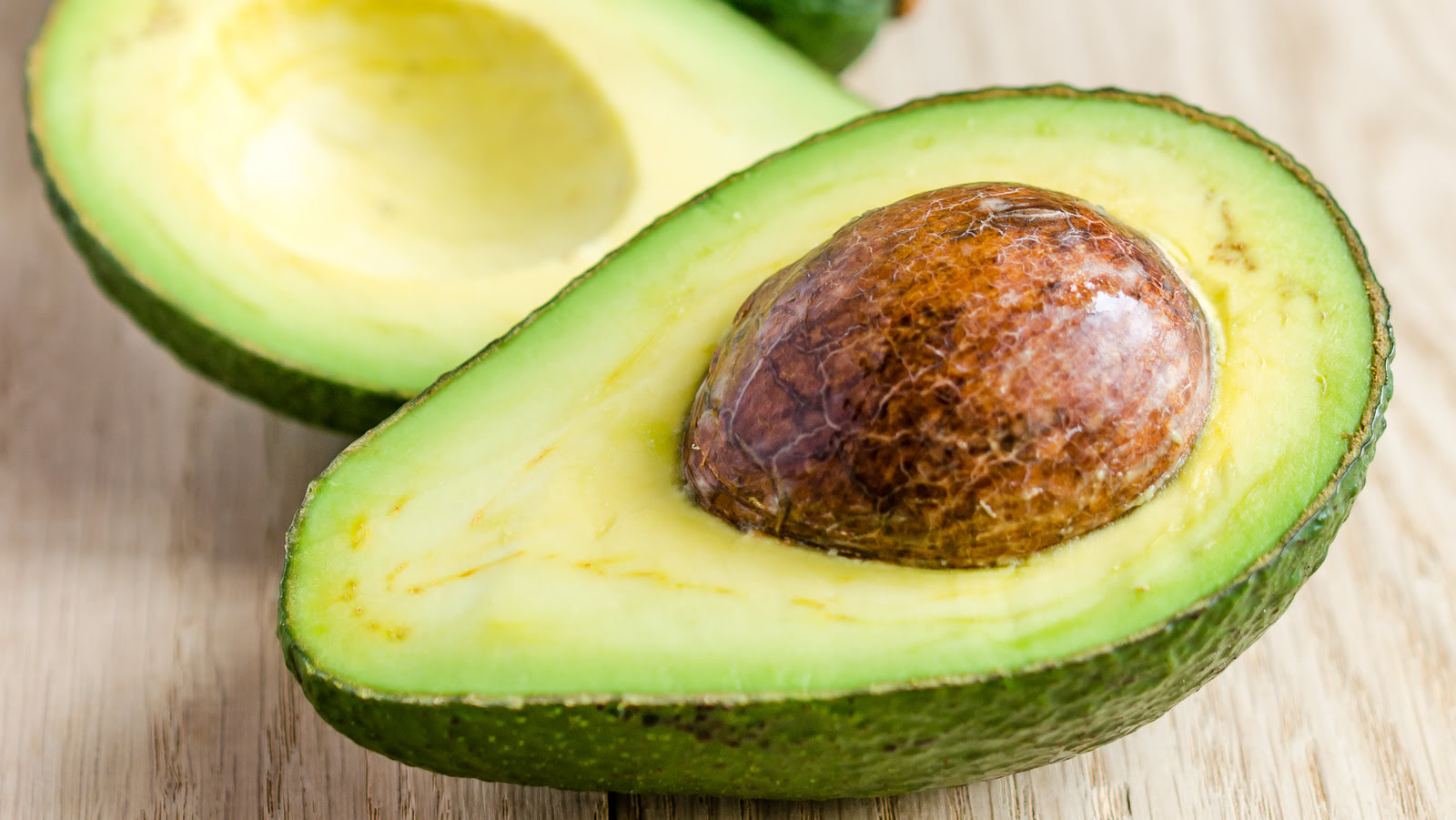



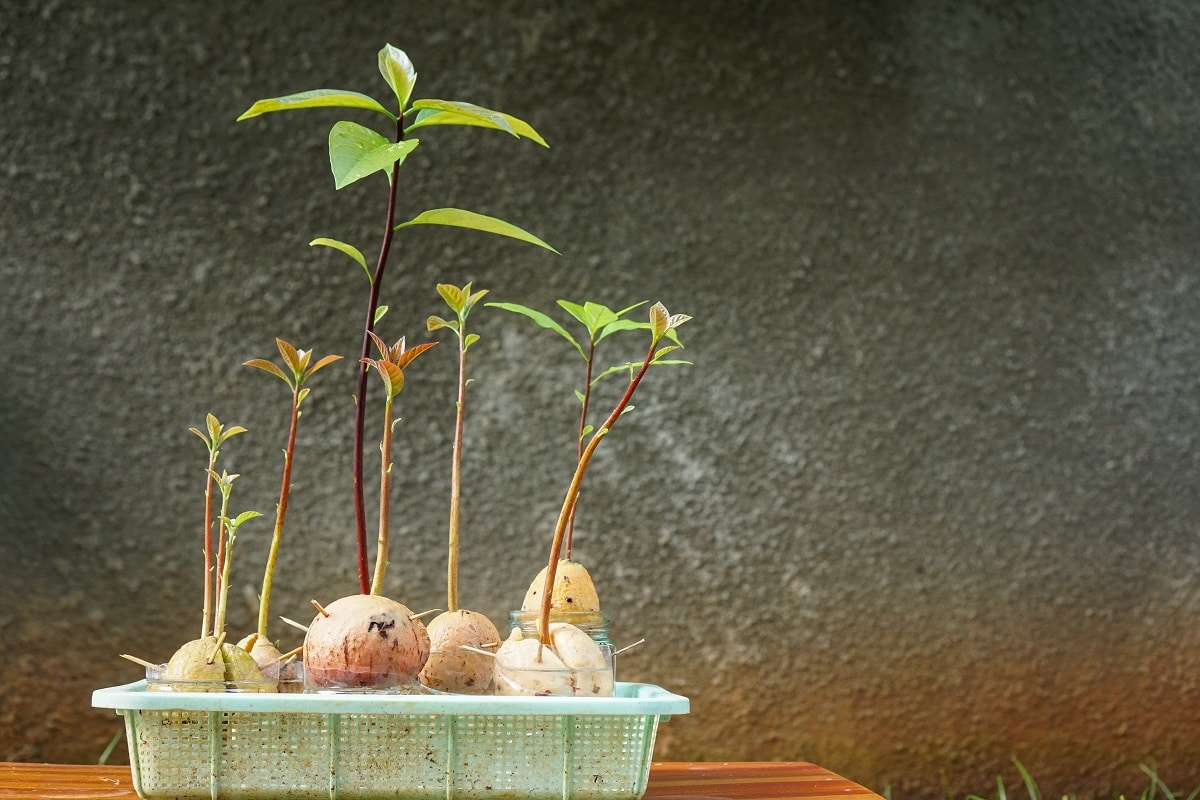
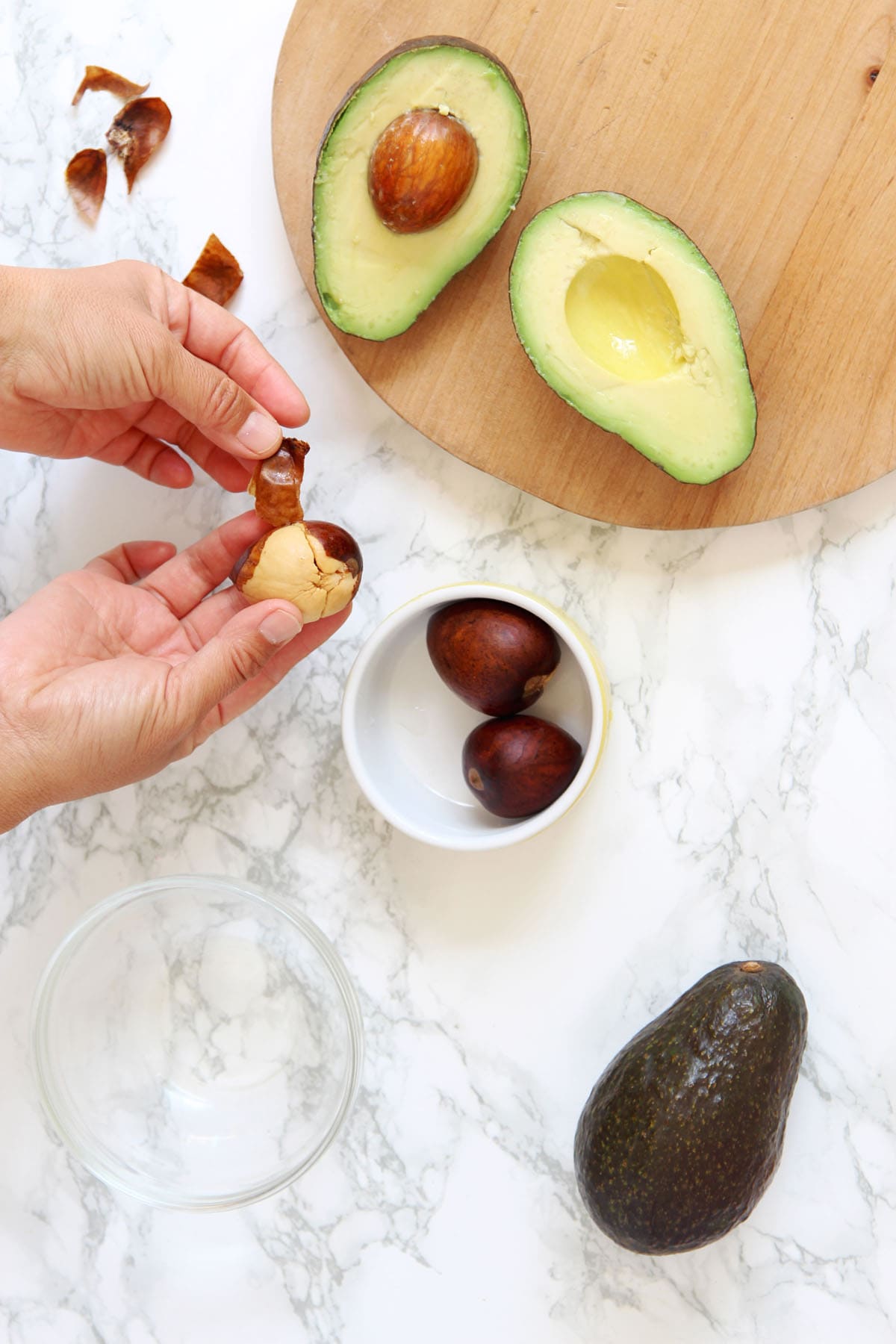



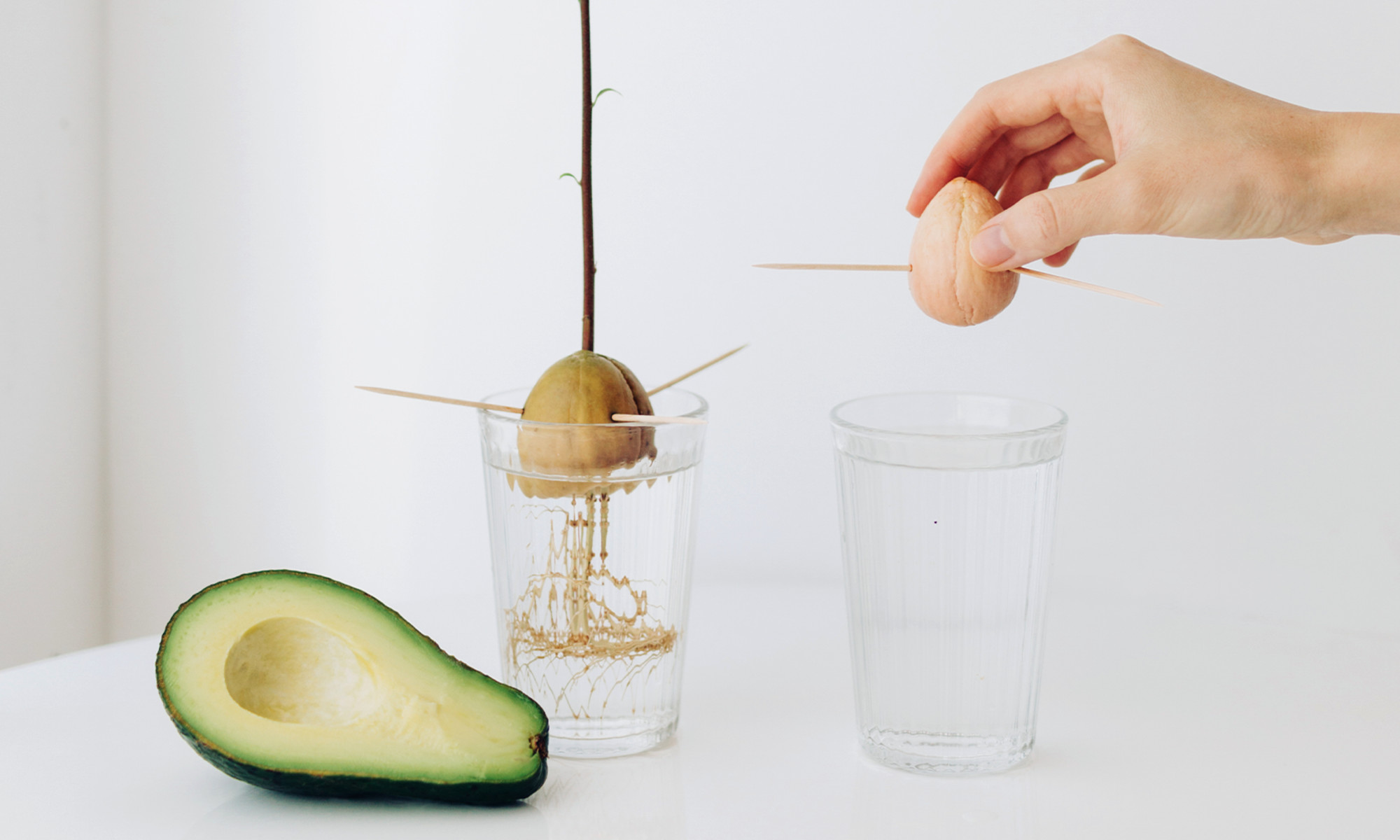





0 thoughts on “What Side Of The Avocado Seed Goes In Water”